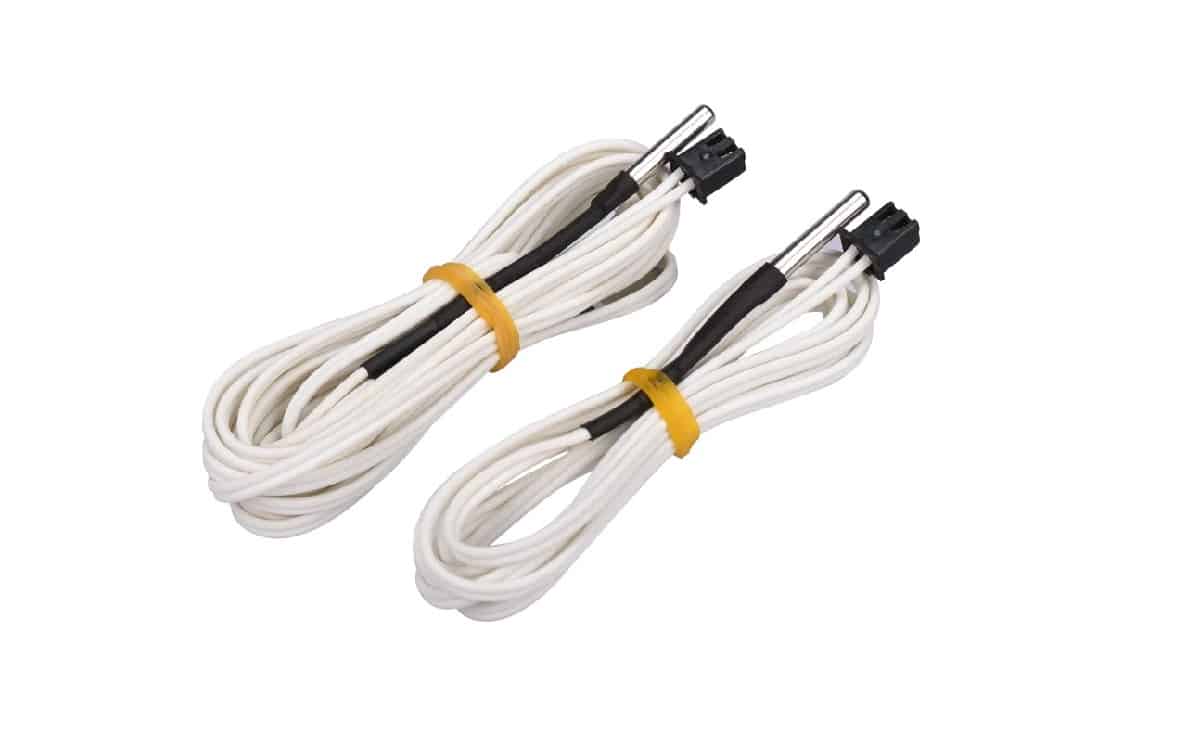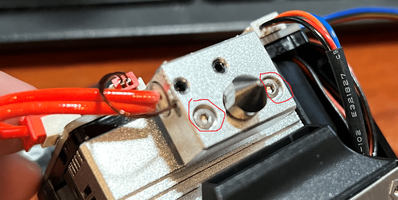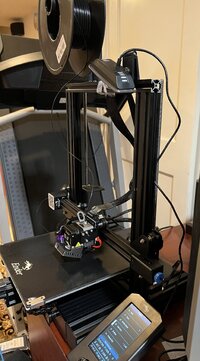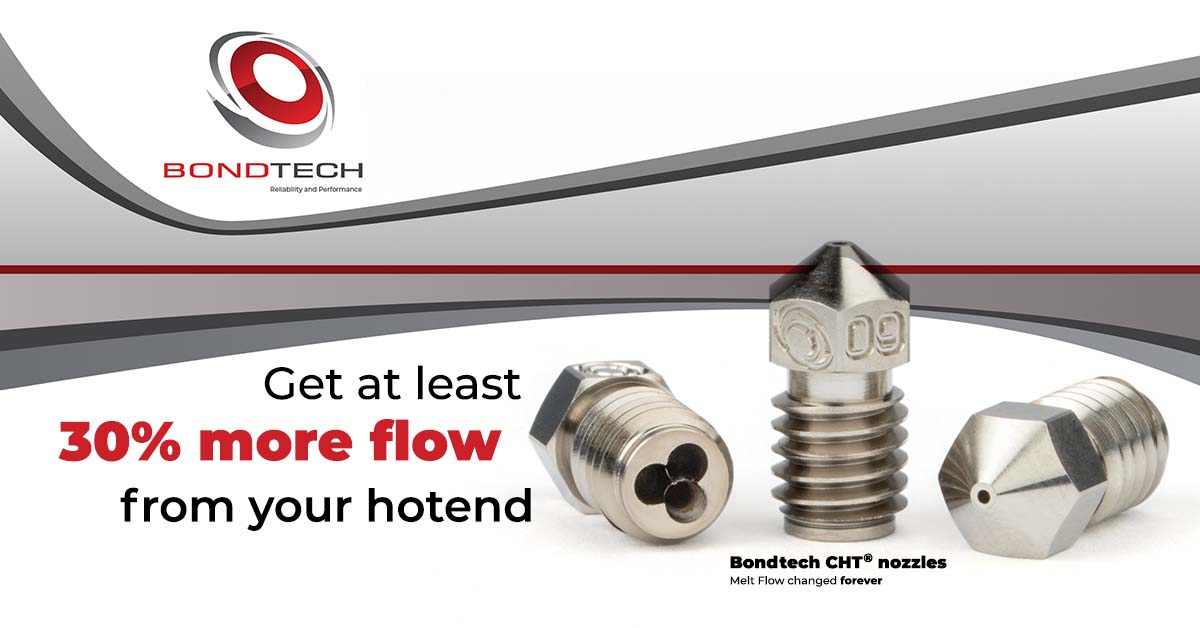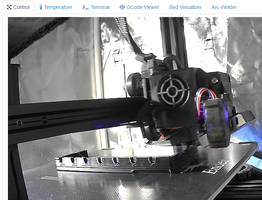Would be interesting to see results of what that thermistor curve is.I picked up the X5SA Pro for well under $300 so it was a too good to pass up deal. I was interested mostly in the speed since I can print at 150mm/sec pretty easily but the extra bed space helps a lot.
The sprite cable is plenty long enough but the following needs to be fixed
1 - both fan connectors are reversed for the tronxy board
2 - the sprite cable had individual wires with ferrules for the thermistor so those need to be cut off and a connector installed.
3 - the ribbon cable wires need to be separated back further for all of the connections to easily reach.
4 - I used the existing x-limit switch wire and the BL touch cables I installed instead of adding connections to use the ribbon.
I'm using thermistor type 11 but I'm pretty sure it isn't very accurate for the sprite thermistor. As time permits I'm going to hook up a thermocouple and map every 10°C from 150->300.
The included thermistor cannot get to 500°C - the resistance curve flattens out around 270-280 and doesn't change much above 300°C. Take a look at the header (.h) file defining the thermistor.
If you want to hit 500 look at a PT1000 that will go to 500°C or, even better, add a K type thermocouple and SPI interface.
Once I remap the thermistor, I'll PM you the file to include in your firmware if you care about absolute temperature values (not really a concern unless you have multiple printers that you share filament properties between)
The steps/mm on the tronxy are 2x that of the Creality boards.
I lost what the type of a thermistor it was there, but I think i saw somewhere it was rated to 350. May be I was wrong.

